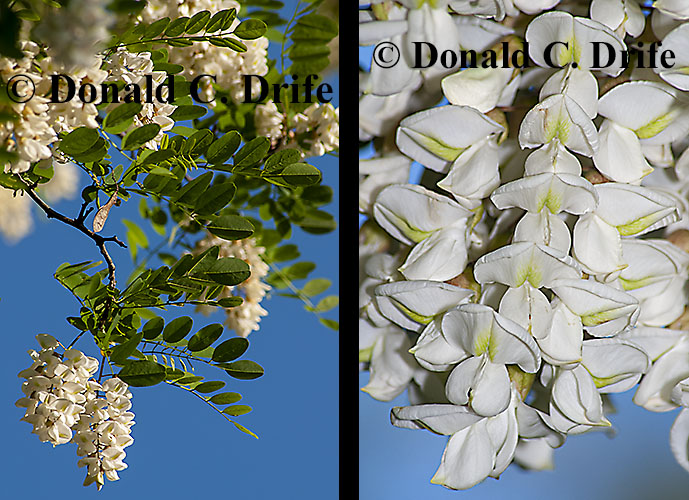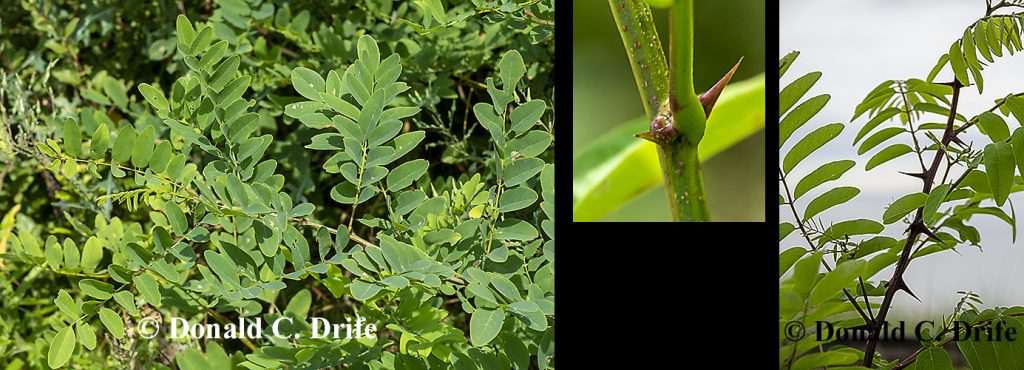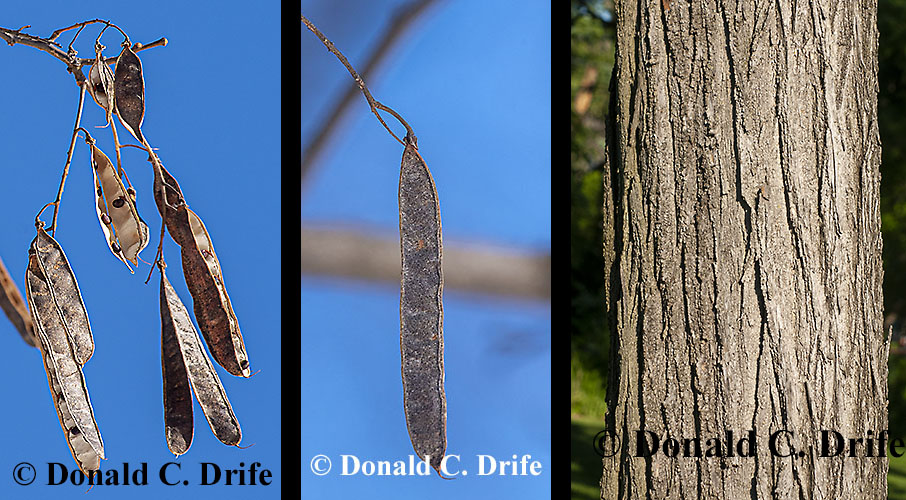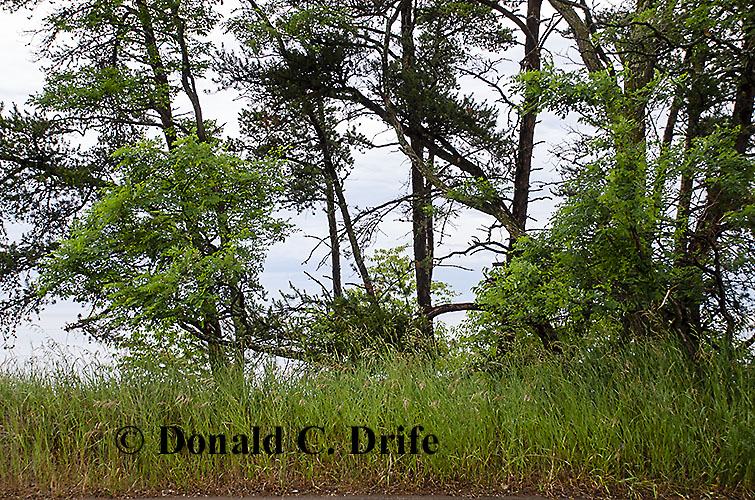
Black Locust (Robinia pseudoacacia) is a medium size tree. Native south of Michigan, its range reaches into southern Ohio. Planted to the north because its wood is used for fence posts, tool handles, and wheel hubs. Trees planted in rows along the edge of a field often served as living fence posts. It spreads by seeds and can send out suckers, forming large stands.


It is identified by its alternate, compound leaves that have entire (toothless) margins and twigs with a pair of spines at each node. Black Locust seedpods are smooth and resemble garden peapods. The racemes of white, fragrant flowers are pretty. Winter twigs have buds partly hidden under reddish-brown hairs.


Black Locust occurs throughout the state. It is often seen in natural areas in southern Michigan and along the shores of the Great Lakes. Because of its suckering habit it out competes natives and can be challenging to eradicate.
Copyright 2021 by Donald Drife
Webpage Michigan Nature Guy
Follow MichiganNatureGuy on Facebook
